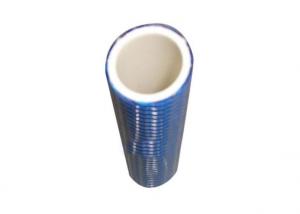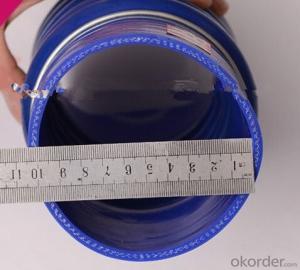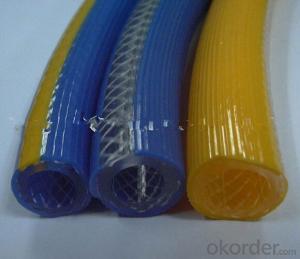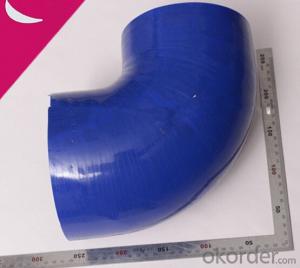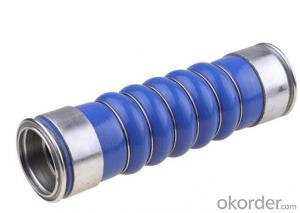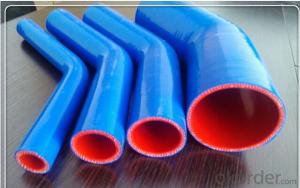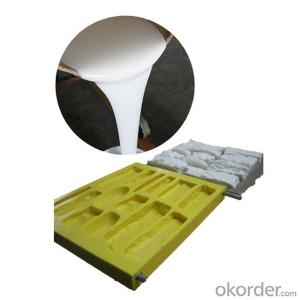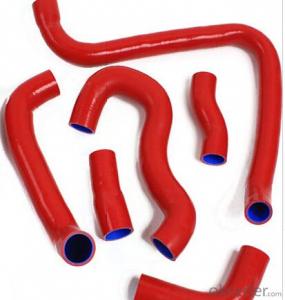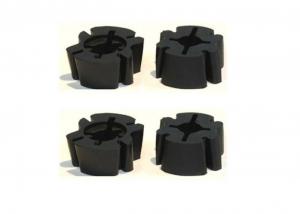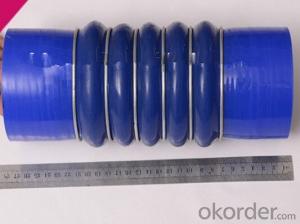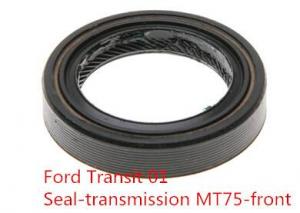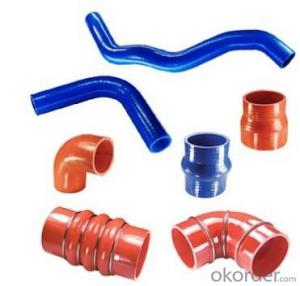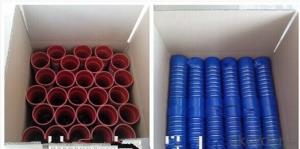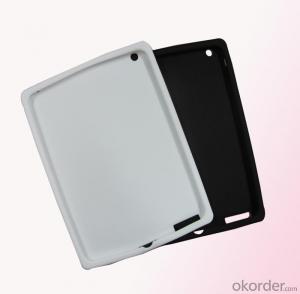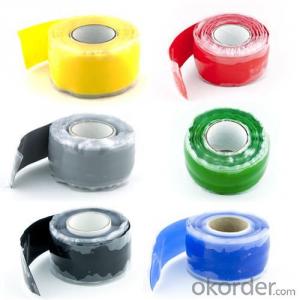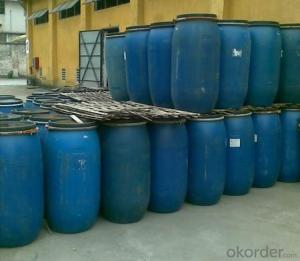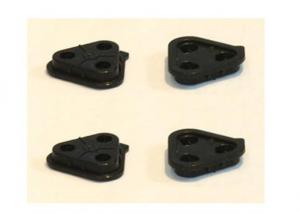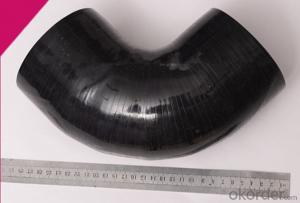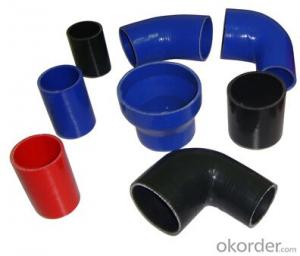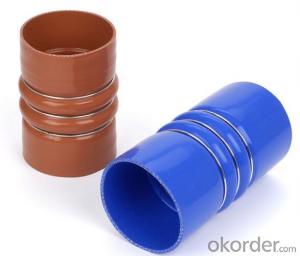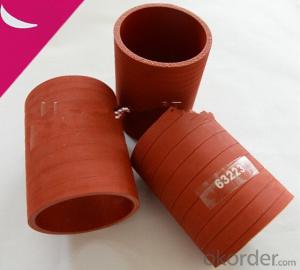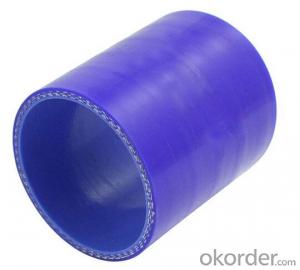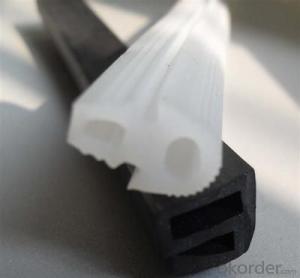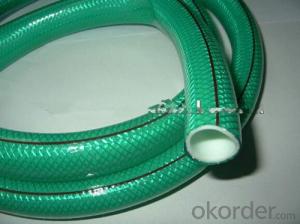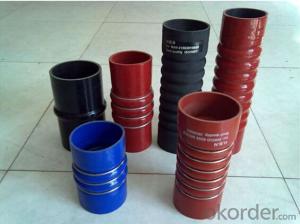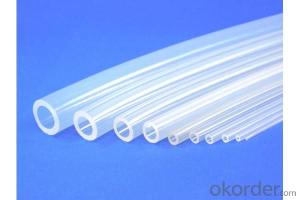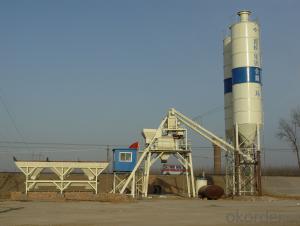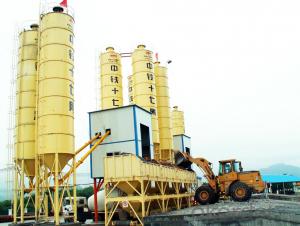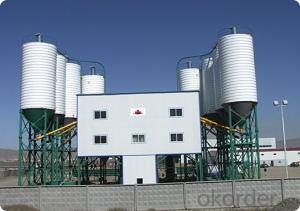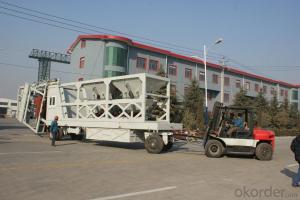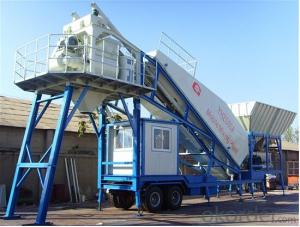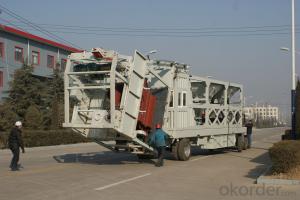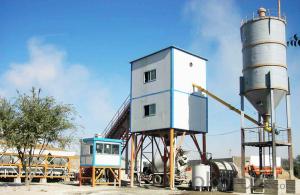Best Silicone Lube
Best Silicone Lube Related Searches
Lube Oil Best Clothes Detergent Sticky Lubricant Synthetic Lubricants Highest Rated Vacuum Cleaners Wet Lubricants Buy Cleaning Mop Maximus Lubricant Silicate Salts Rubber ClampsBest Silicone Lube Supplier & Manufacturer from China
Best Silicone Lube is a high-quality lubricant designed to enhance the performance and longevity of various products, particularly in the automotive and industrial sectors. This advanced lubricant is formulated with a unique blend of silicone-based ingredients that provide excellent protection against wear, tear, and corrosion. It is specifically engineered to withstand extreme temperatures and pressures, ensuring optimal performance in a wide range of applications.The application and usage scenarios for Best Silicone Lube are vast, making it a versatile choice for professionals and DIY enthusiasts alike. It can be used on metal surfaces, rubber seals, and plastic components to reduce friction, prevent rust, and protect against moisture and dirt. This product is particularly useful in automotive applications, such as engine parts, transmission systems, and suspension components, as well as in industrial settings for machinery and equipment maintenance. By using Best Silicone Lube, users can expect improved efficiency, reduced downtime, and extended product life.
Okorder.com is a reputable wholesale supplier of Best Silicone Lube, offering a large inventory to meet the demands of various industries. As a leading distributor, Okorder.com ensures that customers receive the highest quality products at competitive prices. With a commitment to customer satisfaction, Okorder.com provides efficient shipping and excellent customer service, making it a reliable choice for businesses and individuals seeking to purchase Best Silicone Lube in bulk.
Hot Products
